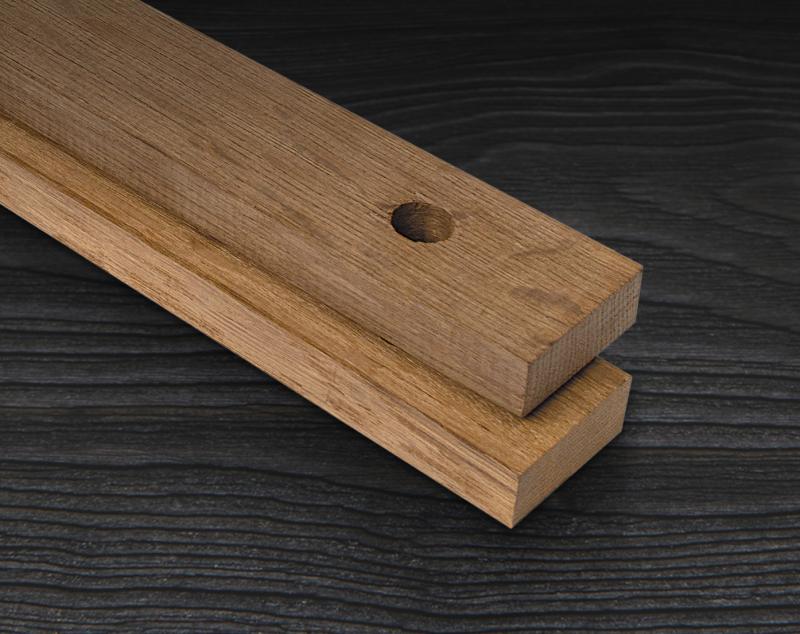News
News / 11/25/2020 / 1281
You are in a wine shop and you are standing bewildered in front of a shelf with endless rows of bottles with Italian wine labels. You seem puzzled because you are trying to figure out which label hides the wine you would like to taste.
Fortunately, there is certain information on wine labels that can certainly help you figure out what kind of wine is hidden inside.
The Italians will indicate in three different ways what kind of wine is in the bottle. This information is always prominent, either at the top or center of the label. The label may indicate the area from which the wine originated (eg Barbaresco, Chianti, etc.), the grape variety (eg Sangiovese, Pinot Grigio), the commercial name / brand of the wine (eg Tignanello) or the specific vineyard / vineyard plot (e.g. Vigna Rionda, Montestefano). There is often a combination of these pieces of information on the label to better understand what kind of wine is in front of you.
Sometimes the use of a brand name / commercial name may indicate that the wine was made outside the strict regulatory framework of individual appellation. Also, the name of the variety can sometimes include the location, e.g. Montepulciano d'Abruzzo, Barbera d'Alba, etc.
The classification of wine is always clearly stated. The categories are as follows:

The geographic area in which the wine was produced is written on the label either within the name itself or above the wine classification mark. The following terms may appear as part of the producer's name: tenuta (estate, winery), castello (castle, similar to chateau in France), cantina (winery), poggio (hill), vignetto / vigna (vineyard), fattoria (farm) and produttori (producers).
The volume of the bottle and the alcohol content must always be clearly indicated on the label. Highlighting the year of harvest is prohibited on table wines, and it's obligatory on all others.
The term Riserva means that the wine has aged longer than the standard wines prescribed by the rules of appellation. Sometimes the terms Superiore and Classico can also be found on the label. Superiore means that the quality of the grapes from which the wine is made is higher than the standard wines from that appellation. Classico means that the wine was produced by a recognized historical method or in a historical area within a broader wine region (eg Chianti Classico).

GLOSSARY OF ITALIAN WINE TERMS
Abboccato - semi-dry wine
Azienda agricola - a property that produces and sells other agricultural products in addition to wine
Amabile - semi-sweet wine
Annata - year of harvest
Bianco - white wine
Cooperativa sociale - viticultural cooperative
Enoteca - wine shop
Frizzante - slightly sparkling wine (semi-sparkling wine)
Liquorosso - liqueur wine, wine to which a certain amount of alcohol / distillate is added in the technological production process
Method Classico - sparkling wine made by the traditional champagne method
Millesimato - vintage label for sparkling wines
Passito - a dessert wine made from dried grapes
Recioto - dessert wine made from dried grapes
Rosato - rosé wine
Rosso - red wine
Secco - dry wine
Spumante - sparkling wine
Vecchie viti - wine made from grapes from old vineyards
Vino sfuso - cheap, bulk wine
Vin Santo - a special category of dessert wine, wine made from dried berries of grapes that ripen for a long time in wooden vessels
Vitigno - grape variety
____________________________________________________
This article is a part of the promotional online campaign about Italian wines, within the 5th Week of Italian Cuisine in Serbia, organized by the Italian Foreign Trade Agency ICE / ITA, in cooperation with the Embassy of Italy.


Tomislav Ivanović
Awarded wine writer, wine critic and contributor to selected wine magazines. WSET3-certified author and editor-in-chief of www.vinopedia.rs. Member of Vojvodina Sommelier Association. Juror in national and international wine competitions. Lecturing about wines of Serbia and the Balkans. Local partner of Wine Mosaic organization. Co-founder of International Prokupac Day.

Pročitajte i druge članke iz ove rubrike:


GIUAANI - VINSKI TURIZAM NA GRUZIJSKI NAČIN
PROČITAJ VIŠE


SPASIMO STARE VINOGRADE SRBIJE
PROČITAJ VIŠE


NAŠLI SMO ANTIGONU IZ ORAHOVCA
PROČITAJ VIŠE


SRPSKO VINO KOŠTA 100 EUR - I ŠTA ĆEMO SAD?
PROČITAJ VIŠE


MOŽE LI VINO BEZ BURETA? IMA LI ALTERNATIVE?
PROČITAJ VIŠE
Winner MILLESIMA BLOG AWARD 2016

Pobednik MILLESIMA BLOG AWARD 2016
VINO & FINO wine personality of the year 2016

VINO & FINO vinska ličnost godine 2016